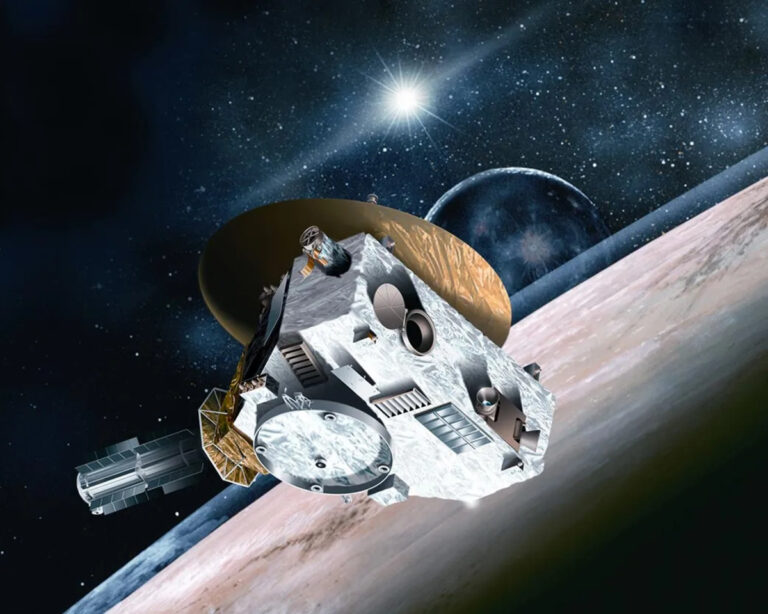NASA’s New Horizons probe, known for its historic flyby of Pluto, has once again made headlines with an unexpected discovery at the outer edges of our solar system. This groundbreaking find sheds new light on the distant reaches of our cosmic neighborhood and opens up exciting possibilities for future space exploration.
Journey Beyond Pluto
Launched in 2006, the New Horizons probe has been on an epic journey, traveling billions of miles through space. After its successful encounter with Pluto in 2015, the spacecraft continued its mission, venturing further into the Kuiper Belt, a region filled with icy bodies and remnants from the solar system’s formation.
I remember following the Pluto flyby closely, amazed by the detailed images and data that New Horizons sent back. It felt like we were peeking into a hidden corner of our solar system for the first time.
The Unexpected Discovery
Recently, New Horizons made an intriguing discovery: a mysterious glow at the edge of the solar system. This faint ultraviolet light appears to be emanating from the boundary where the influence of our sun wanes and interstellar space begins. This region, known as the heliopause, marks the outer limit of the solar wind, a stream of charged particles released by the sun.
Scientists are excited about this finding because it suggests there are unknown processes occurring at the solar system’s edge. The exact source of the glow remains a mystery, but it could be related to interactions between the solar wind and interstellar medium, or even particles from beyond our solar system.
Significance of the Discovery
The discovery of this ultraviolet glow has significant implications for our understanding of the solar system’s boundary. It challenges existing models and provides new clues about the nature of the heliopause. This information is crucial for understanding how our solar system interacts with the rest of the galaxy.
Dr. Alan Stern, the principal investigator for New Horizons, explained that this discovery highlights the importance of exploring the outer reaches of the solar system. “It’s like finding a new piece of the puzzle,” he said. “Every new piece brings us closer to understanding the bigger picture of our place in the universe.”
Future Explorations
This unexpected find is a reminder of the surprises that space exploration can bring. As New Horizons continues its journey through the Kuiper Belt, it will keep sending back valuable data, helping scientists piece together the story of our solar system’s outermost regions.
Looking ahead, there are plans for more missions to the far reaches of the solar system. These missions aim to further investigate the heliopause and the interstellar space beyond. With advancements in technology, we can expect even more detailed and revealing explorations in the coming decades.
I recently attended a lecture by a NASA scientist who spoke about the future of space exploration. The excitement and passion in the room were palpable, as we all imagined the incredible discoveries that await us.
Conclusion
NASA’s New Horizons probe has once again expanded our understanding of the solar system with its latest discovery. The mysterious glow at the edge of our solar system opens up new questions and possibilities, reminding us of the endless wonders of space. As we continue to explore, who knows what other secrets we’ll uncover? The journey is just beginning, and the universe is waiting.






